How to get URL link on X (Twitter) App

 Otomo rose to prominence in the mid-Sixties, when waves of new mass media washed over children of the era: anime shows, manga magazines, live-action dramas. A churning sea of content, in which new forms of entertainment continually evolved. (2/x
Otomo rose to prominence in the mid-Sixties, when waves of new mass media washed over children of the era: anime shows, manga magazines, live-action dramas. A churning sea of content, in which new forms of entertainment continually evolved. (2/x 

https://twitter.com/111g0/status/1396088431306895367After scavenging, flattening, and cleaning cans, mechanical presses were used to mold the sheet metal into shape. Note the stack of flattened Pabst Blue Ribbon cans at right.



 The card reads in part, "Minato-ya carries sophisticated and kawaii prints, postcards, picture books, poetry collections, and other things for the young ladies of Japan." It's the first recorded use of kawaii in terms of fashion. And this was a very fashionable shop.
The card reads in part, "Minato-ya carries sophisticated and kawaii prints, postcards, picture books, poetry collections, and other things for the young ladies of Japan." It's the first recorded use of kawaii in terms of fashion. And this was a very fashionable shop. 

 It started innocently enough. Director Yoshiyuki Tomino included a scene of female pilot Sayla Mass getting out of the bathtub. (That a futuristic space battleship might come equipped with a facility went unquestioned in a nation as obsessed with bathing as Japan.) (2/x
It started innocently enough. Director Yoshiyuki Tomino included a scene of female pilot Sayla Mass getting out of the bathtub. (That a futuristic space battleship might come equipped with a facility went unquestioned in a nation as obsessed with bathing as Japan.) (2/x 

 Train Man is purported story of a lonely otaku who is coached like a human Tamagotchi by the members of an anonymous BBS’ singles forum into dating and then marrying a woman. It became a bestselling book, manga & TV series. For a while in 2005 it was all Japan talked about. (2/x
Train Man is purported story of a lonely otaku who is coached like a human Tamagotchi by the members of an anonymous BBS’ singles forum into dating and then marrying a woman. It became a bestselling book, manga & TV series. For a while in 2005 it was all Japan talked about. (2/x 

 Saito debuted in the rental comics market of the Fifties but really rose to prominence as a member of the Gekiga Workshop, a collective founded and named by artist Yoshihiro Tatsumi. Under Tatsumi's editorship, they launched a magazine called Matenrow (Skyscraper.) (2/x
Saito debuted in the rental comics market of the Fifties but really rose to prominence as a member of the Gekiga Workshop, a collective founded and named by artist Yoshihiro Tatsumi. Under Tatsumi's editorship, they launched a magazine called Matenrow (Skyscraper.) (2/x 







 It wasn’t much to look at, thanks to the limits of the Famicom. But director Yuji Horii had a knack for distilling the complexity of popular PC games like Wizardry & Ultima, which relied on keyboards, into something that could be played on a control pad.
It wasn’t much to look at, thanks to the limits of the Famicom. But director Yuji Horii had a knack for distilling the complexity of popular PC games like Wizardry & Ultima, which relied on keyboards, into something that could be played on a control pad. 
https://twitter.com/CNN/status/1385782154693685248First off, I haven't seen anything in this piece or elsewhere to date that dissuades me from what I wrote about this topic for the New York Times last month. I'm more than open to being convinced, but for the moment, the title says it all: nytimes.com/2021/03/26/opi… (2/x

 Gundam was an anime series, and director Yoshiyuki Tomino snuck a great deal of overt socio-political criticism into what the sponsor intended simply as a vehicle to sell toys to little kids. In this it failed, and was cancelled. But not forgotten. (2/12
Gundam was an anime series, and director Yoshiyuki Tomino snuck a great deal of overt socio-political criticism into what the sponsor intended simply as a vehicle to sell toys to little kids. In this it failed, and was cancelled. But not forgotten. (2/12 

 And here's another from Tokyo, 1906. This is how street peddlers displayed and carried their wares.
And here's another from Tokyo, 1906. This is how street peddlers displayed and carried their wares. 
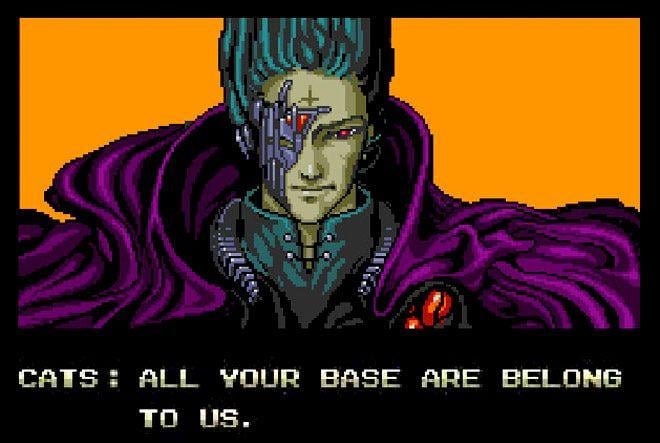
 AYB is the famously garbled translation of the opening animation from a 1992 shoot-em-up called Zero Wing. It was only released in Europe, on the Sega Mega Drive. Nearly a decade later, netizens resurrected it in a thread on a 4chan precursor called Something Awful. (2/9
AYB is the famously garbled translation of the opening animation from a 1992 shoot-em-up called Zero Wing. It was only released in Europe, on the Sega Mega Drive. Nearly a decade later, netizens resurrected it in a thread on a 4chan precursor called Something Awful. (2/9 

https://twitter.com/GearoidReidy/status/1361110488340258816In 1990, same pundits who led "Japan bashing" during bubble warned of “Japanization”: a toxic mix of recession, hyperaging population, and political dysfunction that would befall industrialized nations that followed a similar path. To economists, Japan was done. Or was it? (2/5


https://twitter.com/Ninetail_foxQ/status/1353852488617611264TL:DR Clean well, or be overrun by dusty little yokai. You've been warned.

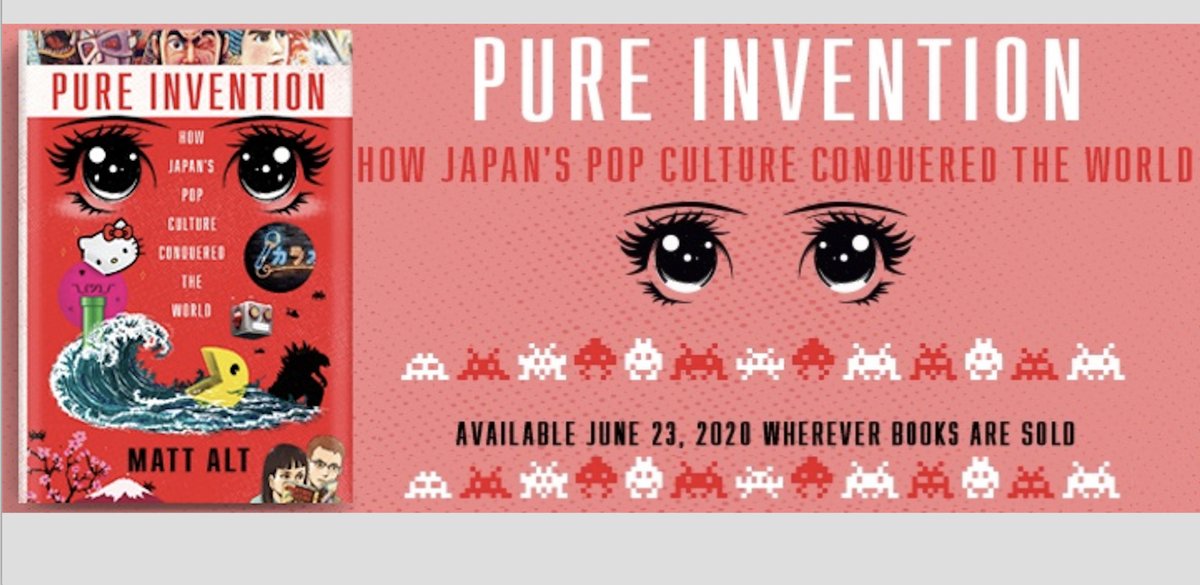
 “The Influence of Japanese Art on Design,” by Hannah Sigur, is a richly illustrated tome that explains how profoundly Japanese sensibilities came to inflect Western design at the turn of the 20th century. Many surprises in here. amazon.com/gp/product/158…
“The Influence of Japanese Art on Design,” by Hannah Sigur, is a richly illustrated tome that explains how profoundly Japanese sensibilities came to inflect Western design at the turn of the 20th century. Many surprises in here. amazon.com/gp/product/158… 
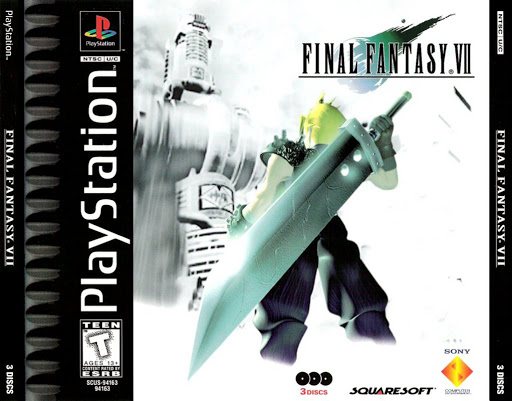
 Final Fantasy VII injected a megadose of Japanese sensibilities into the minds of young Westerners. Anime/manga style melodrama. Visual-kei & Amano goth. Androgynous heroes. Alternatives to Western style. But how did that happen? (2/14)
Final Fantasy VII injected a megadose of Japanese sensibilities into the minds of young Westerners. Anime/manga style melodrama. Visual-kei & Amano goth. Androgynous heroes. Alternatives to Western style. But how did that happen? (2/14) 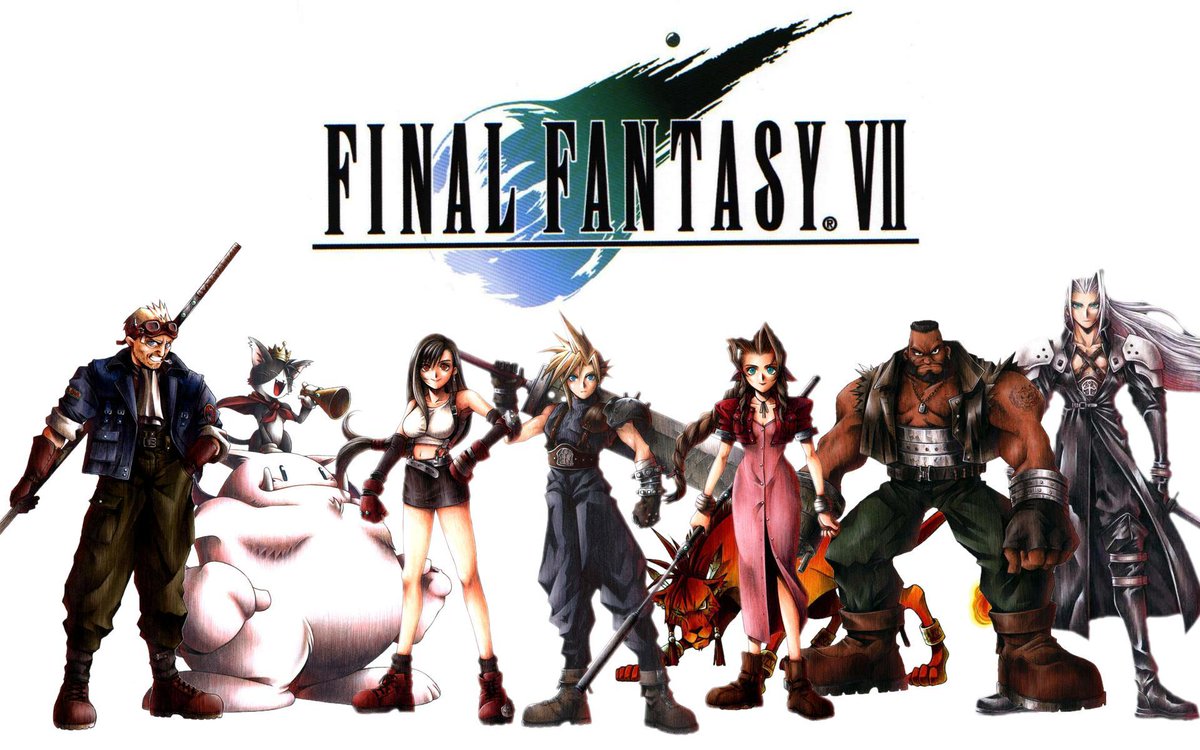

 Gundam didn’t do well at first. In fact it was a ratings disaster. Written for teens, it was marketed towards kids, as nearly all anime was at the time. The sponsor, a toy company named Clover, pulled the plug as piles of its silly-looking merchandise sat on shelves. BUT! (2/9)
Gundam didn’t do well at first. In fact it was a ratings disaster. Written for teens, it was marketed towards kids, as nearly all anime was at the time. The sponsor, a toy company named Clover, pulled the plug as piles of its silly-looking merchandise sat on shelves. BUT! (2/9) 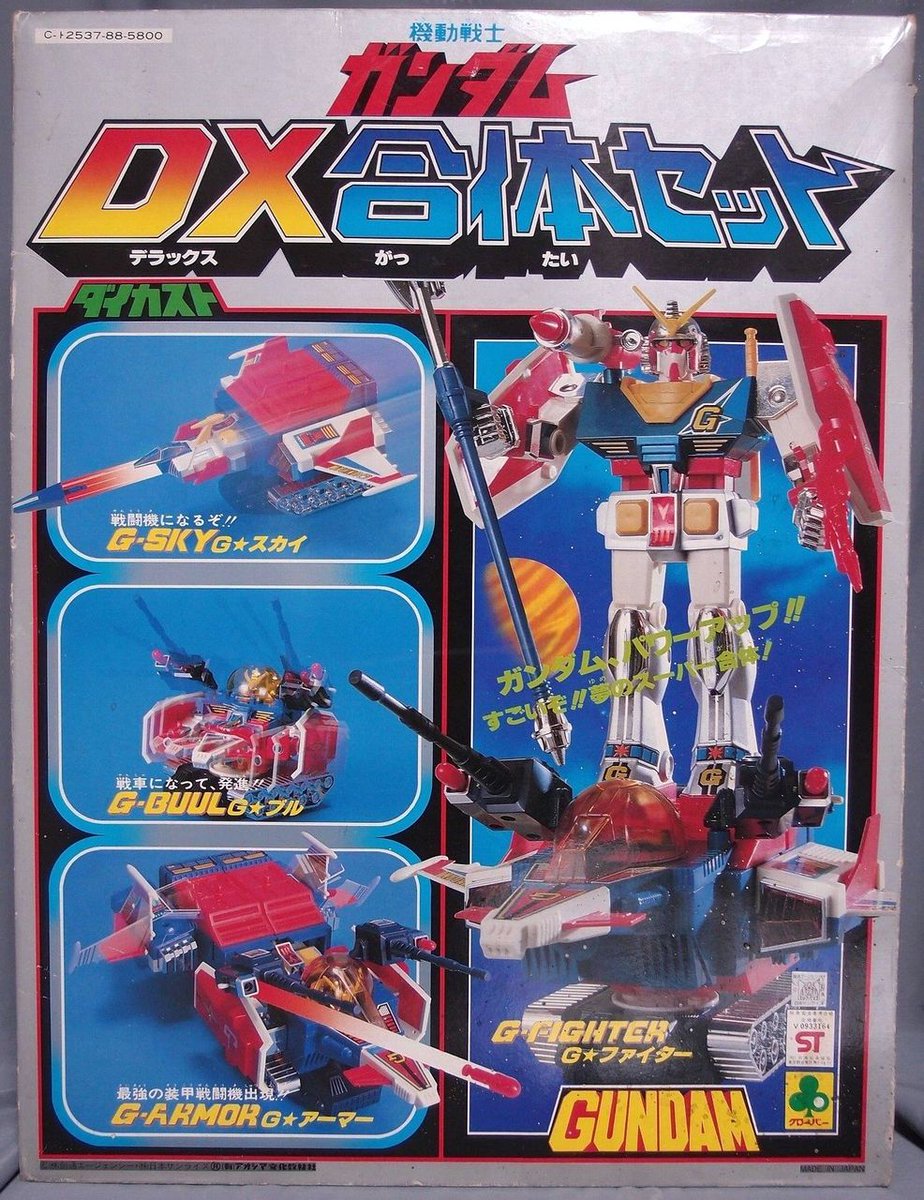

 The Toilet Paper Riots weren’t caused by viral fears, but economic ones. The world was reeling from an Arab oil embargo. It led to price hikes on all sorts of goods — what Japanese call kyoran bukka, “out of control prices.” Fears of shortages gripped the nation. 2/5
The Toilet Paper Riots weren’t caused by viral fears, but economic ones. The world was reeling from an Arab oil embargo. It led to price hikes on all sorts of goods — what Japanese call kyoran bukka, “out of control prices.” Fears of shortages gripped the nation. 2/5 
